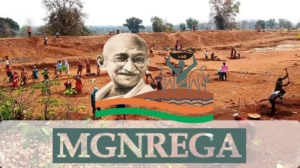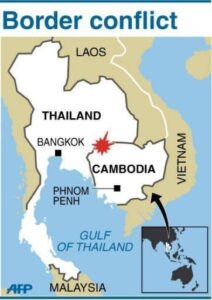Origin & Context
Started in 1925, led by Periyar E.V. Ramasamy.
Emerged as an ideological impulse: mobilising men & women across castes/classes.
Goal: challenge caste hierarchy, patriarchy, and Brahmin dominance.
Role of Periyar
Departed from Indian National Congress (1925).
At Justice Party conference in Coimbatore, called for radical non-Brahminism.
Launched weekly Kudi Arasu to spread Self-Respect ideas.
Advocated rationalism, self-respect, women’s rights, and anti-caste reforms.
Justice Party’s Role
Founded in 1916 (South Indian Liberal Federation).
Gave platform to non-Brahmins, challenged Brahmin supremacy.
But limited impact: mainly helped educated & elite non-Brahmins, not the masses.
Radical Reforms & Impact
Popularised self-respect marriages (without Brahmin priests).
Advocated women’s rights – remarriage, divorce, right to property, abortion.
Sought to dismantle caste-based Hindu social order.
Made non-Brahmin masses conscious of rights.
Significance
Created an alternative space for politics beyond Congress and Hindu orthodoxy.
Inspired Dravidian movement, reshaping Tamil Nadu politics.
Brought social justice, rationalism, and equality to the forefront.







